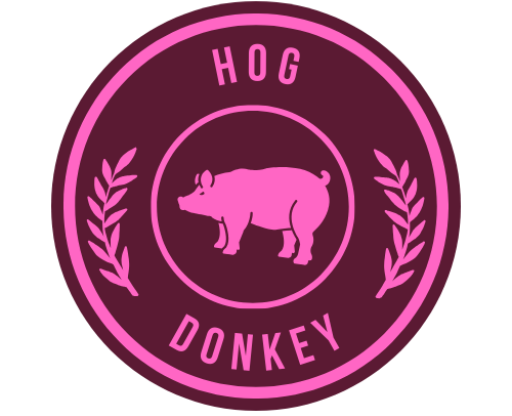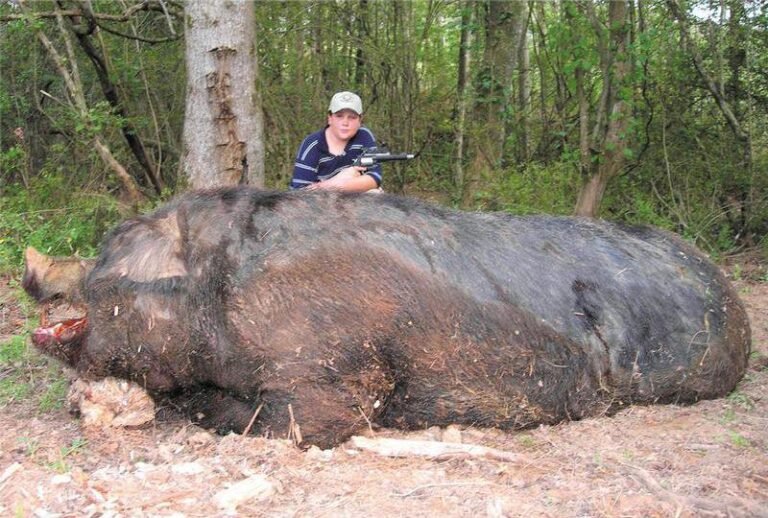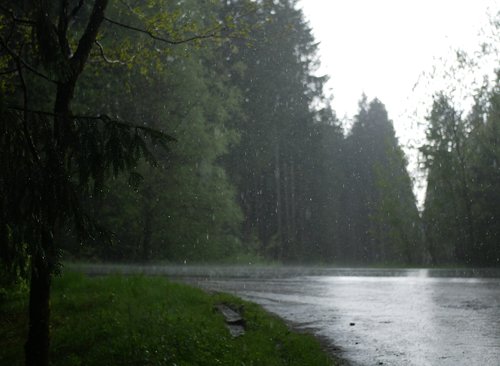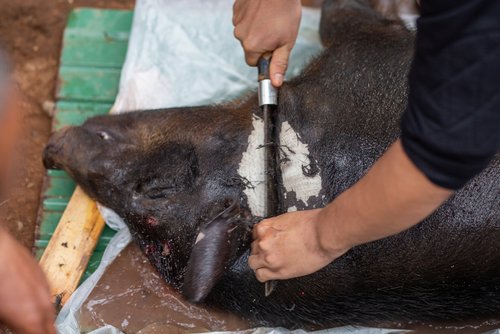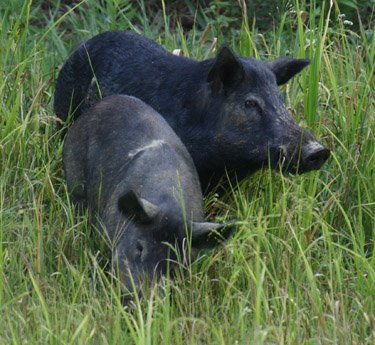The World of Hog Hunting: The Rules of the Game
Hog hunting has gained significant popularity as a thrilling recreational activity that combines the excitement of the chase with the fulfillment of procuring wild game. This pursuit attracts a diverse community of hunters, ranging from seasoned veterans to eager novices looking to experience the adrenaline rush of hunting these formidable creatures. Let’s delve into hog hunting licenses and permits.
Why Licenses and Permits in Regulating Hog Hunting?
While hog hunting presents an exciting opportunity for outdoor enthusiasts, this activity must be conducted responsibly and sustainably. Licenses and permits play a vital role in regulating hog hunting by ensuring hunters adhere to specific guidelines established by state wildlife management agencies. The issuance of licenses helps authorities monitor and manage hunters’ activities effectively.
States can gather important demographic data such as residency status and age range by requiring individuals to obtain licenses before hog hunting. This information aids in determining the overall impact on native wildlife populations while allowing authorities to allocate appropriate resources for conservation efforts.
Additionally, licenses serve as a means for funding wildlife management initiatives. The revenue generated from license fees is often directed towards habitat restoration, research, and education programs that contribute to the preservation of natural resources and the sustainability of hog hunting activities in the long run.
Balancing Recreation with Responsibility
Hog hunting can be a thrilling recreational pursuit; however, it must not overshadow the importance of ecological responsibility. By acquiring licenses and permits, hunters actively participate in a regulatory framework that ensures conservation efforts are upheld while providing an enjoyable experience for all involved.
Understanding Hog Hunting Licenses and Permits
Regarding hog hunting, various types of licenses cater to different groups of hunters. The first category is the resident license, designed specifically for local hunters who reside within the state where they plan to hunt hogs. These licenses are often more affordable than non-resident ones and may bring additional benefits or privileges for residents.
On the other hand, non-resident licenses are meant for out-of-state hunters who wish to engage in hog hunting in a particular state. These licenses typically cost more due to their temporary nature and may have restrictions on bag limits or season dates.
Apart from resident and non-resident licenses, special licenses are tailored for specific age groups. Youth licenses are designed for hunters who want to participate in hog hunting under adult supervision.
Such licenses often have age restrictions that vary between states but generally encompass teenagers or children above a certain age. Similarly, senior licenses cater to older hunters still enthusiastic about hog hunting well into their golden years.
Obtaining a Hog Hunting License
To obtain a hog hunting license, hunters must undergo an application process that varies depending on the state’s regulations and requirements. Age restrictions are essential as states usually have minimum age limits for obtaining a license independently or without adult supervision.
Additionally, hunter education courses may be mandatory in some states before hunters can apply for a license. These courses educate individuals about firearm safety, relevant laws and regulations, ethical hunting practices, and wildlife conservation principles.
Proof of residency or non-resident status is another key aspect when applying for a hog hunting license. Residents typically must provide valid identification documents such as driver’s licenses or utility bills displaying their address within the state’s boundaries.
Non-residents must present appropriate identification proving their out-of-state residency. Verification of residency helps ensure that hunting opportunities are prioritized for residents while allowing non-resident hunters to participate in a fair and regulated manner.
Permitting Systems for Hog Hunting
Different states employ varying permitting systems to manage hog hunting effectively. One common system is draw hunts or lottery systems, which allocate permits through a random selection process. Hunters submit applications during specific periods, and if selected, they receive limited permits.
This approach ensures fair distribution of hunting opportunities among applicants. Another permitting system some states use is issuing over-the-counter permits, which are available for purchase directly from authorized agents or state wildlife agencies without needing application or lottery processes.
This method simplifies access to hog hunting permits, particularly for individuals who may have missed application deadlines or prefer more immediate availability. Limited entry permits are another permitting system that states may implement for managing hog hunting activity.
These permits restrict the number of hunters allowed in specific areas or during certain timeframes to maintain sustainable populations and prevent overcrowding. Limited entry permits aim to balance maintaining healthy hog populations and providing controlled hunting experiences.
Understanding the different types of licenses and permitting systems associated with hog hunting is crucial for aspiring hunters. It allows them to navigate the licensing process correctly, ensuring compliance with regulations and maximizing their opportunities while participating in this thrilling recreational pursuit.
Regulations and Restrictions
Bag Limits and Season Dates
Regulations regarding bag limits and season dates are implemented to maintain the sustainability of hog populations and ensure a balanced ecosystem. Bag limits refer to the maximum number of hogs an individual hunter can harvest within a specified time frame, whether daily or for the entire hunting season.
Wildlife management authorities set these limits based on scientific research and population studies. They vary from state to state but typically range from two to six hogs per day or season.
Season dates determine when hunting for hogs is permitted, considering various factors such as breeding seasons, migration patterns, and other ecological considerations. Season dates can be open (allowing hunting throughout the year), closed (prohibiting hunting during certain periods), or restricted (permitting hunting only during specific times).
Weapon Restrictions
When it comes to hog hunting, hunters have several options in terms of firearms they can use. Rifles, shotguns, and handguns are commonly allowed for hog hunting; however, specific regulations may apply depending on state laws.
Caliber restrictions may be imposed to ensure the humane harvesting of the animals while minimizing potential risks associated with over-penetration or excessive damage caused by powerful ammunition. These caliber restrictions vary from state to state but generally fall within a range of .223 Remington to .308 Winchester for rifles used in hog hunting.
Additionally, hunters should know that some states may have special considerations for suppressed firearms (silencers). While legal in many jurisdictions with proper permits or authorization, their use might still be subject to certain conditions.
Hunting Techniques Allowed
Hog hunting offers various methods that hunters can employ based on personal preference and local regulations. Spot-and-stalk is a popular technique where hunters locate hogs in their natural habitat and approach them carefully, taking advantage of available cover and terrain features.
Baiting is another method permitted in some states, which involves strategically placing food or attractants to lure hogs into a specific area. However, it is important to note that state-specific regulations on baiting practices exist to prevent potential ecological imbalances or over-concentration of hogs in certain areas.
Trapping is yet another technique employed by hog hunters, utilizing specially designed traps or snares to capture hogs alive. State laws might have specific requirements regarding using traps or snares for hog hunting purposes, primarily aimed at ensuring the humane treatment of captured animals and preventing unintended captures of non-target species.
Hog hunters can ensure ethical and sustainable practices while enjoying this thrilling outdoor activity by adhering to these regulations and restrictions on bag limits, season dates, weapon usage, and hunting techniques. Hunters must familiarize themselves with state-specific laws and local regulations established by wildlife management authorities before embarking on a hog hunting adventure.
Conservation Efforts and Environmental Impact
The Need to Manage Feral Hogs as an Invasive Species
Feral hogs, also known as wild pigs or boars, pose a significant threat to agricultural lands, natural habitats, and native wildlife. These highly adaptable animals are not native to most regions where they are found today and have been introduced through human activities.
Feral hogs cause extensive crop damage by rooting and trampling, leading to economic losses for farmers. They also destroy vital habitats by uprooting vegetation and consuming native plants, which disrupts the delicate balance of ecosystems.
Additionally, feral hogs outcompete indigenous wildlife for food resources and often prey on ground-nesting birds, reptiles, amphibians, and small mammals. Their aggressive behavior can even displace native species from their habitats.
With their prolific breeding capabilities and lack of natural predators in many areas, feral hog populations can rapidly increase if left unchecked. Thus, managing feral hogs becomes imperative to minimize environmental degradation.
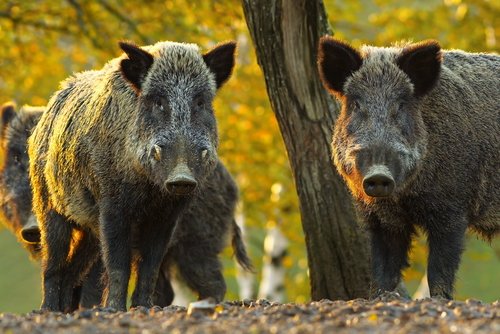
Conclusion
Obtaining the necessary licenses and permits for hog hunting is essential for regulating this recreational activity effectively. Adhering to bag limits, season dates, weapon restrictions, and hunting techniques allowed by state regulations outlined in these permits ensures sustainable hog hunting practices while protecting the environment.
Furthermore, managing feral hog populations is critical for conservation efforts as they negatively impact agricultural industries and natural ecosystems. We can mitigate their environmental impact by responsible hunting practices guided by licensing systems promoting sustainable management strategies, such as population control measures or targeted removal programs under professional supervision.
By fostering a balance between the preservation of natural habitats while allowing controlled hunting activities through proper licensing channels, we can contribute towards safeguarding our agricultural lands from damage caused by feral hogs while preserving biodiversity within our ecosystems. Let us embrace this responsibility of being conscious stewards of our environment, ensuring a sustainable future for humans and wildlife.
